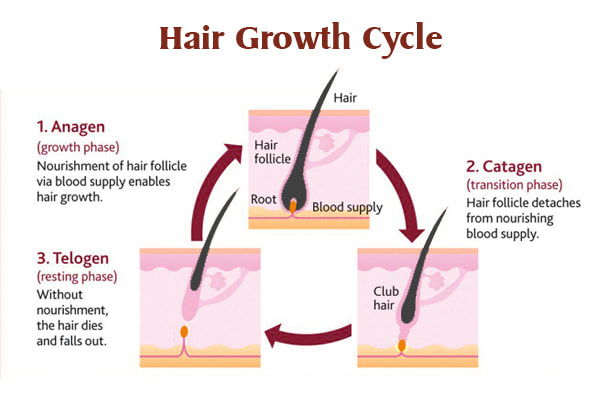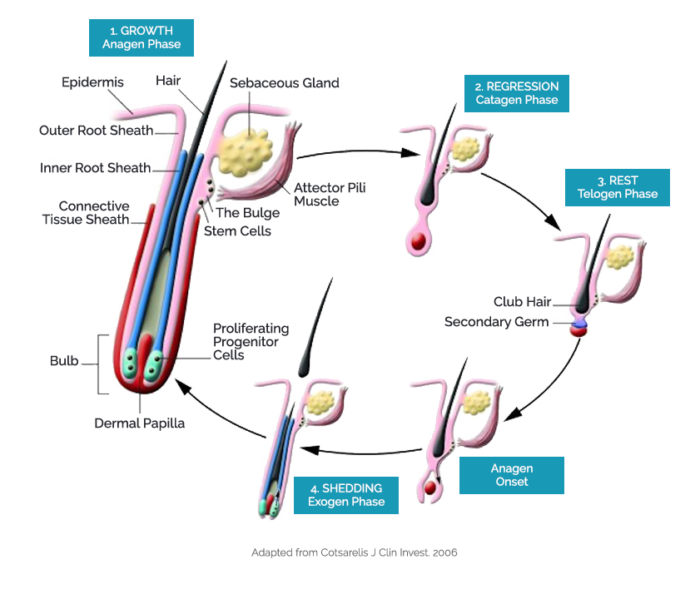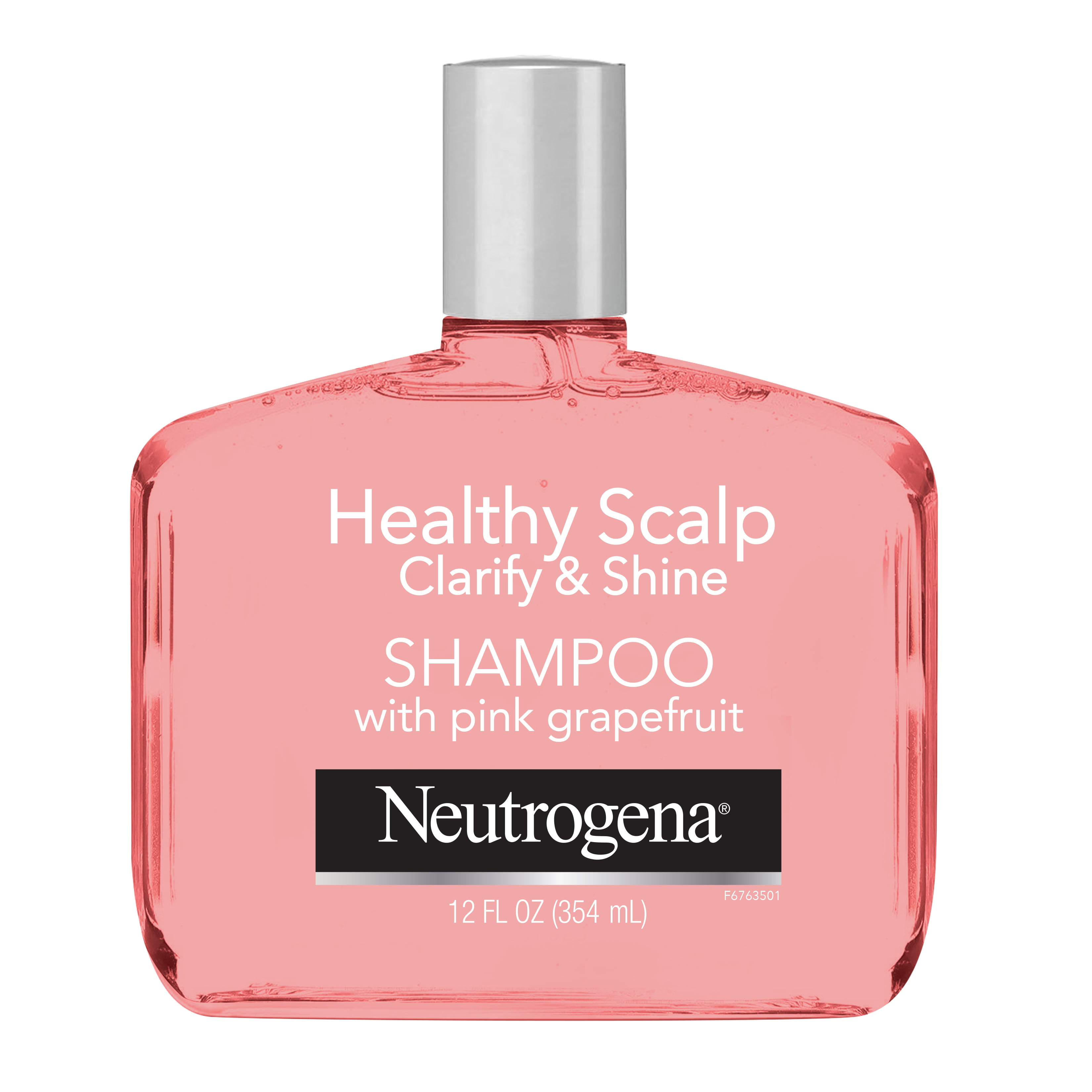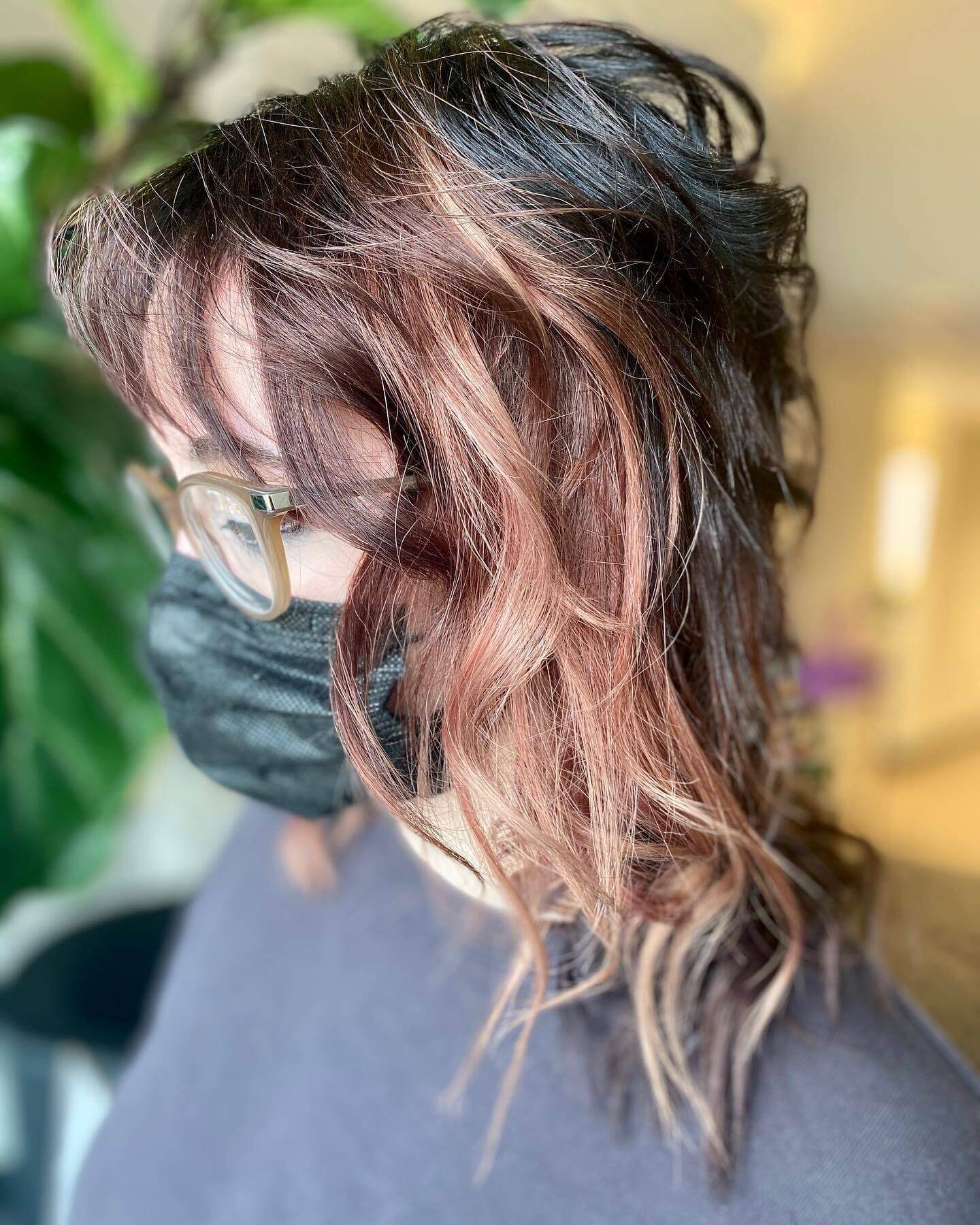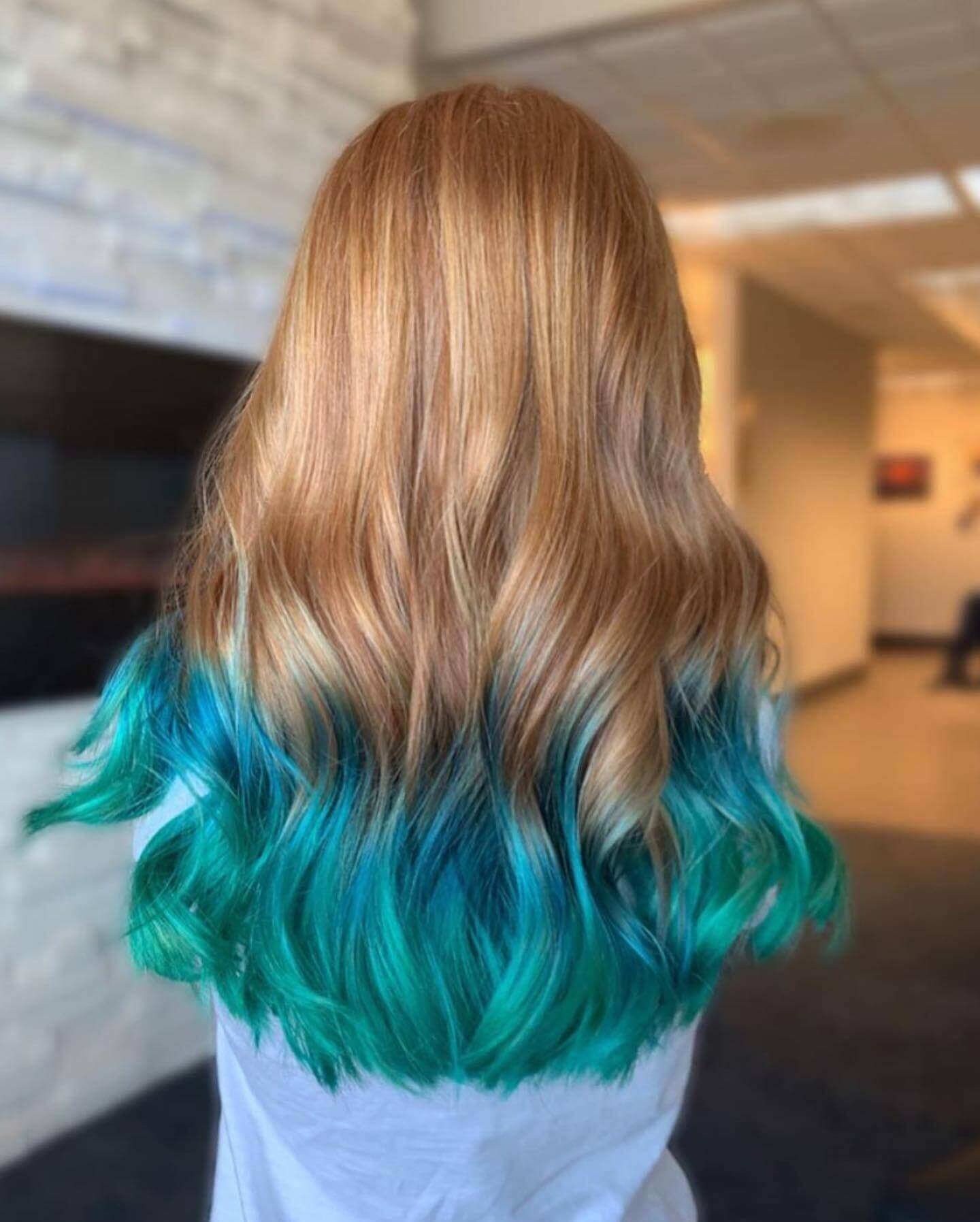Table Of Content
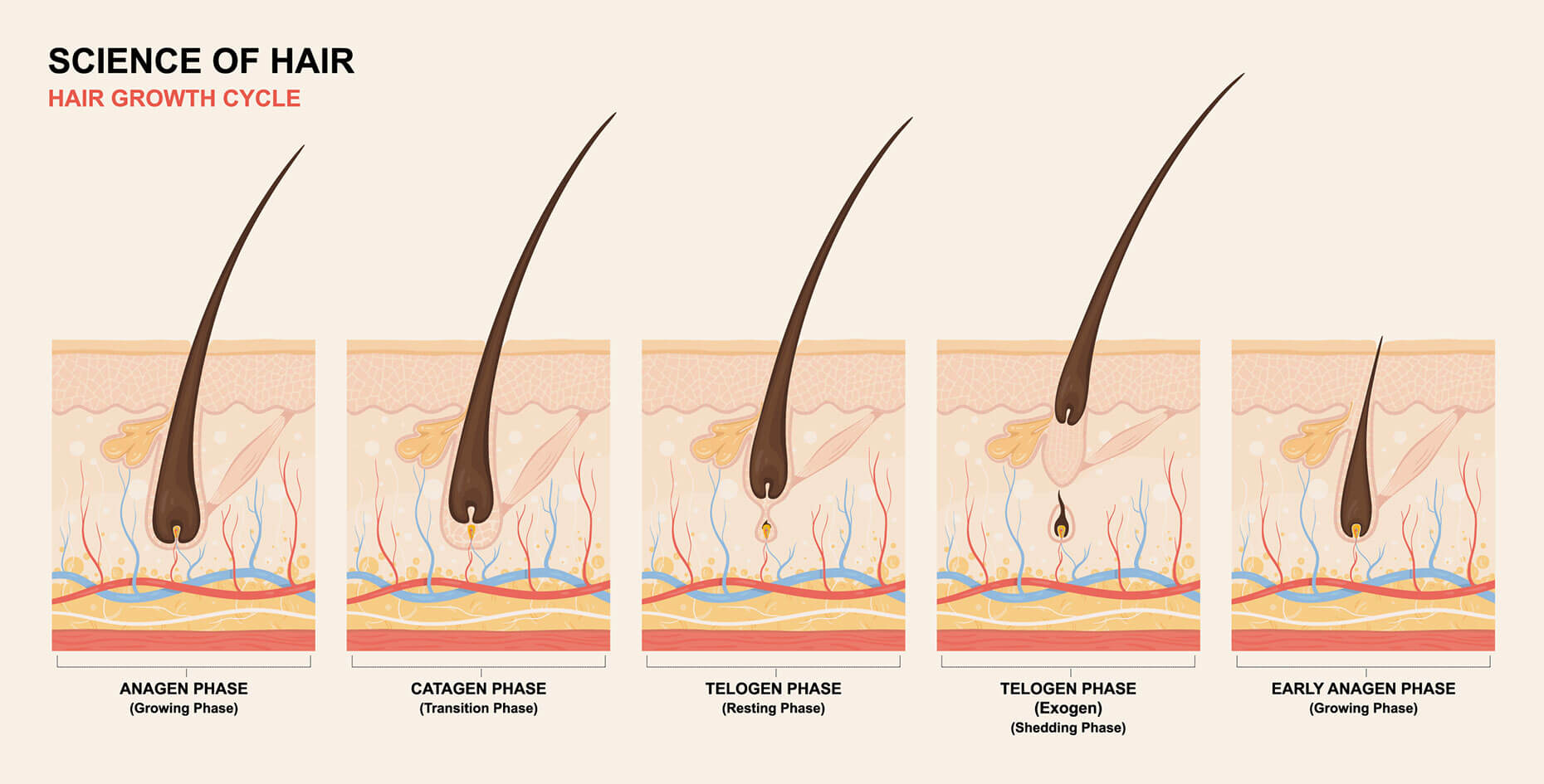
During the exogen phase, which can last about 2 to 5 months, new hairs are growing in the follicles as old hairs fall away. Hairs don’t grow during the telogen phase, but they don’t usually fall out either. The telogen phase is also when new hairs start to form in follicles that have just released hairs during the catagen phase.
Telogen Phase (Resting and Shedding Phase)
The telogen phase lasts for about five to six weeks for hairs on the scalp and much longer for hairs on the eyebrow, eyelash, arm, and leg. Fifty percent of women are expected to experience some form of hair loss or thinning by the time they reach 50 years old. While genetics is a major player, other factors can disrupt or support hair’s natural growth cycle, affecting how it both looks and feels. For instance, around 12 weeks after restrictive dieting or a high fever, you may experience telogen effluvium (sudden diffuse hair fall).
Factors Affecting Hair Growth
A healthy lifestyle of low stress, proper diet, and gentle hair care should help promote healthy hair growth for a long time. There is little evidence to suggest that specialist shampoo or supplements can speed the rate of hair growth. Instead, eating a nutritious diet that includes plenty of protein is essential for healthy hair. During the telogen phase of the hair cycle, the resting hair remains in the follicle until it is pushed out by the growth of a new anagen hair.
Reduce stress
People lose around 50–100 hairs from their body every day as part of the normal hair growth cycle. It’s the longest phase, lasting about 3 to 5 years for the hairs on your head, though for some people a single hair could continue growing for 7 or more years. The first three phases — anagen, catagen, and telogen — cover the growth and maturation of hair and the activity of the hair follicles that produce individual hairs. During the final, or exogen, phase, “old” hair sheds, though usually, a new hair is getting ready to take its place.

This phase typically lasts between 3 to 5 years for scalp hair, although some individuals may experience hair growth for up to 7 years or more. An extension of the telogen phase, the exogen phase can last between 2 and 5 months during which hair is shed from the scalp. It’s during this phase we are more likely to notice hair shedding while brushing or washing our hair.
Instead, you only shed a certain number of hairs a day – 80 to 100 hairs on a healthy head of hair. The four phases of hair growth include anagen, catagen, telogen, and exogen. For instance, if your hair tends to be dry, then “look for serums that contain oils to help hydrate the dry hair shaft,” says Dr. Shaver. Meanwhile, if you simply want better, faster hair growth, then she recommends looking for products with ingredients that have been clinically proven to do just that—and have scientific data that support their use. This stress triggers the activation of dormant hair follicles and encourages the expression of genes responsible for promoting hair growth.
Dutasteride for Hair Loss. How Well Does It Work? - Healthline
Dutasteride for Hair Loss. How Well Does It Work?.
Posted: Thu, 29 Jun 2023 07:00:00 GMT [source]
You might want to know if it’s actually possible to make your hair grow faster. The truth is that there’s a lot of debate in the medical community about whether or not you can truly make your hair grow faster. For example, minoxidil topical treatments for hair loss may take 3 to 6 months to work, while the correction of any nutritional deficiencies can vary in duration. Topical ointments are generally recommended for people who experience hair loss and may help your hair grow. It’s always best to check with a dermatologist before applying essential oils to your hair and scalp. While research suggests there are health benefits, the FDA doesn’t monitor or regulate the purity or quality of essential oils.
The hair follicles in your skin contain living cells to allow your hair to grow. The shaft—the part of the hair we see—is made up of dead cells and consists of three different layers. As a piece of hair grows, it goes through three phases before it sheds and a new one grows.
This article will go over what happens during the telogen phase of the hair cycle. You'll also learn how the telogen phase fits into the larger cycle of hair growth, as well as what can go wrong in the telogen phase. Hair loss, hair thinning and problems with hair growth may occur when your growth cycle is disrupted.
Once the anagen phase ends, the catagen phase begins and lasts about 10 days during which hair follicles shrink and hair growth slows down. The hair separates from the bottom of the hair follicle but continues to remain in place during its final days of growth. An estimated 5 percent of the hair on one’s head is in this phase at any one time.
This relative period of inactivity lasting 2-3 months is called the telogen phase. Materials like keratin are produced to form the bulk of the hair shaft as growth continues. Sebaceous glands and pigment-producing melanocytes also get to work. Treating your hair gently is also important to promoting healthy growth. Avoid very hot water when you shampoo and towel-dry your hair gently when you’re done. Turning down the heat when drying your hair may also make a difference.
